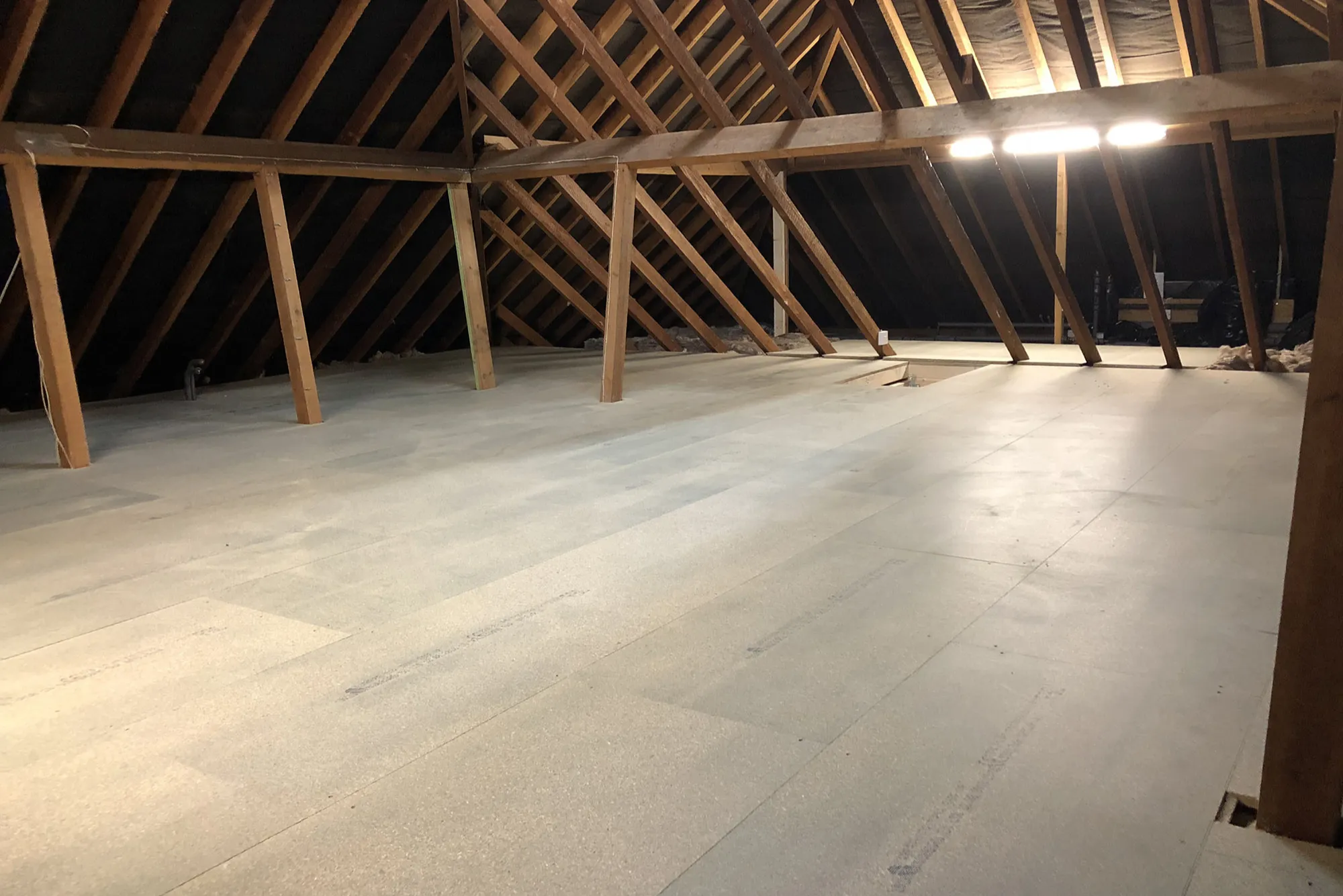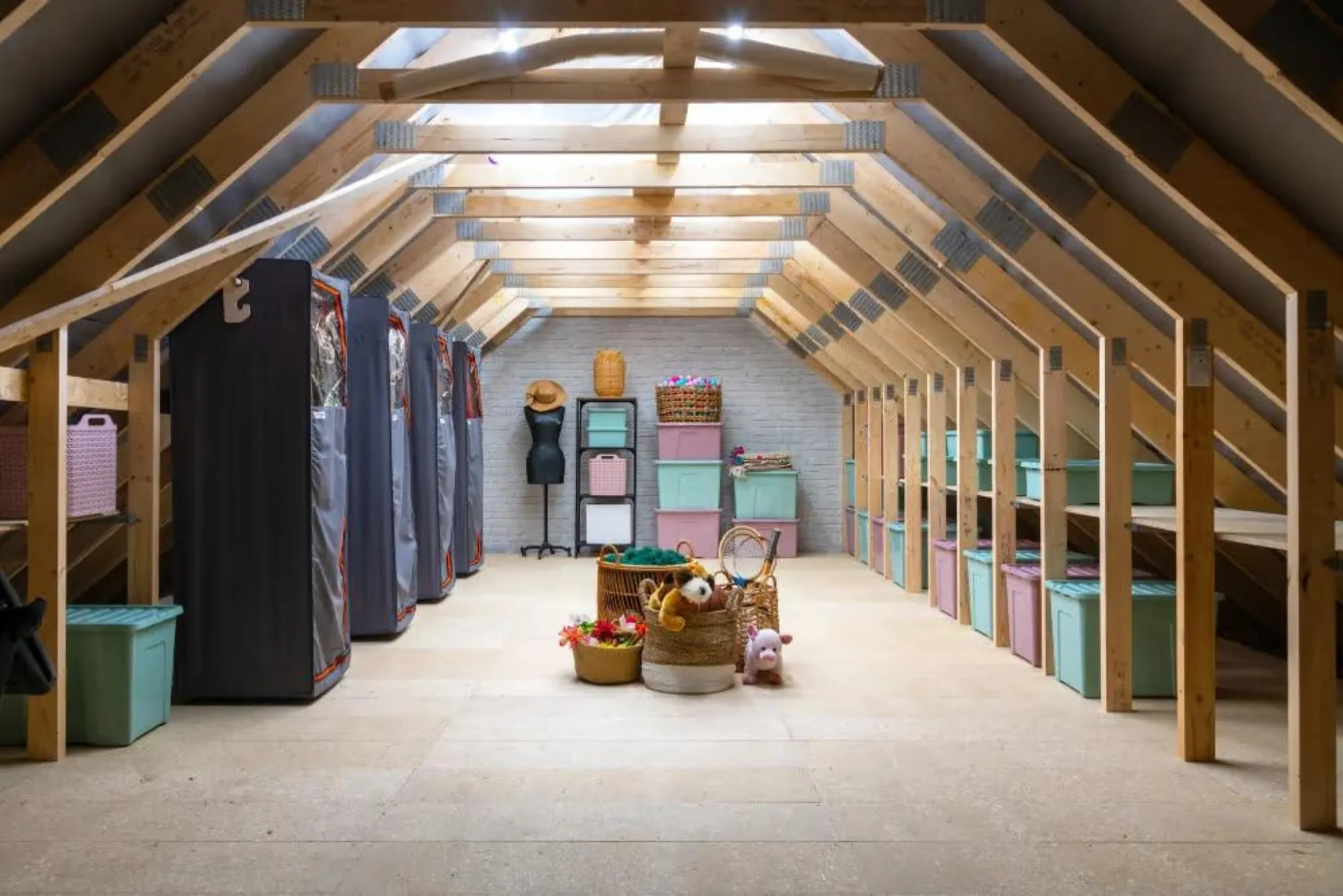When it comes to maximizing space in our homes, loft boarding emerges as a popular solution. However, before embarking on this project, it’s crucial to understand the associated costs. Loft boarding involves creating a floor within the loft space, transforming it into a usable area for storage or even as an additional living space. Here, we delve into the various factors influencing the cost of loft boarding, providing valuable insights for homeowners considering this upgrade.
Basic Cost Components of Loft Boarding
Material Expenses
The materials used for loft boarding typically include boards, joists, fixings, insulation, and access solutions such as ladders or hatches. The choice of materials greatly impacts the overall cost. For instance, opting for high-quality, durable materials may incur higher initial expenses but can offer long-term benefits in terms of stability and durability.
Labor Costs
Labor costs constitute a significant portion of the overall expenditure for loft boarding. Factors such as the complexity of the installation, accessibility of the loft area, and the expertise of the professionals hired can influence labor costs. Typically, labor costs include the installation of the boards, insulation, and any additional features such as lighting or electrical work.
Factors Influencing the Cost of Loft Boarding
Size and Complexity of the Loft Space
The size and complexity of the loft space play a crucial role in determining the overall cost of boarding. Larger loft areas require more materials and labor, thus leading to higher expenses. Additionally, complex layouts or structural challenges may necessitate specialized techniques or equipment, further impacting costs.

Accessibility of the Loft Area
The ease of access to the loft area can significantly affect the cost of boarding. Lofts that are difficult to access may require additional time and effort from professionals, resulting in higher labor costs. Factors such as narrow staircases, low ceilings, or limited entry points can contribute to increased expenses.
Additional Features and Customization
Homeowners often choose to customize their loft boarding projects with additional features such as lighting, electrical outlets, or insulation upgrades. While these enhancements can improve the usability and comfort of the space, they also add to the overall cost. It’s essential to carefully consider the desired features and their associated expenses during the planning phase.
Geographic Location and Market Variations
The cost of loft boarding can vary significantly depending on the geographic location and local market conditions. Urban areas with high demand for home improvement services may have higher labor rates and material costs compared to rural areas. Additionally, factors such as building regulations, permit requirements, and availability of skilled professionals can influence costs in different regions.
Understanding Cost Breakdowns
Itemized Cost Breakdowns
Breaking down the costs into material expenses and labor costs provides clarity on how the budget is allocated. By understanding the individual components of the expenditure, homeowners can make informed decisions and prioritize areas based on their budget constraints and preferences.
Comparison with Other Home Improvement Projects
Comparing the cost of loft boarding with other home improvement projects can offer perspective and aid in budget planning. Understanding the relative costs of different upgrades allows homeowners to allocate resources efficiently and prioritize projects based on their overall goals and financial capacity.
Average Cost Estimates and Case Studies
National Average Cost for Loft Boarding
While the cost of loft boarding varies depending on numerous factors, national average estimates can provide a baseline for budgeting purposes. Researching average costs in your region can help you gauge the expected expenditure and plan accordingly.
Case Studies from Different Regions
Examining case studies from various regions allows homeowners to gain insights into real-world scenarios and budget considerations. By studying projects similar to their own, individuals can anticipate potential challenges, identify cost-saving opportunities, and make more informed decisions throughout the boarding process.
Tips for Cost Management and Savings
DIY vs. Hiring Professionals
Deciding whether to undertake loft boarding as a DIY project or hire professionals involves weighing the costs and benefits. While DIY approaches may reduce labor expenses, they require adequate time, skills, and tools. Hiring professionals, on the other hand, ensures quality workmanship but comes with higher upfront costs. It’s essential to evaluate personal capabilities and preferences before making a decision.
Negotiating Prices and Getting Multiple Quotes
Obtaining multiple quotes from reputable contractors and suppliers enables homeowners to compare costs and negotiate favorable terms. By leveraging competition among providers, individuals can potentially secure lower prices and additional value-added services. Effective communication and clear expectations are key to successful negotiations.
Utilizing Discounts and Promotions
Taking advantage of discounts, promotions, and seasonal offers can help mitigate costs associated with loft boarding. Many suppliers and service providers offer special deals or incentives during off-peak seasons or holidays. By timing the project strategically and researching available discounts, homeowners can maximize savings without compromising on quality.
Understanding the cost factors of loft boarding is essential for homeowners planning this home improvement project. By considering material expenses, labor costs, and various influencing factors, individuals can develop realistic budgets and make informed decisions throughout the boarding process. With careful planning, cost management strategies, and diligent research, loft boarding can be a rewarding investment that enhances both the functionality and value of the home.







